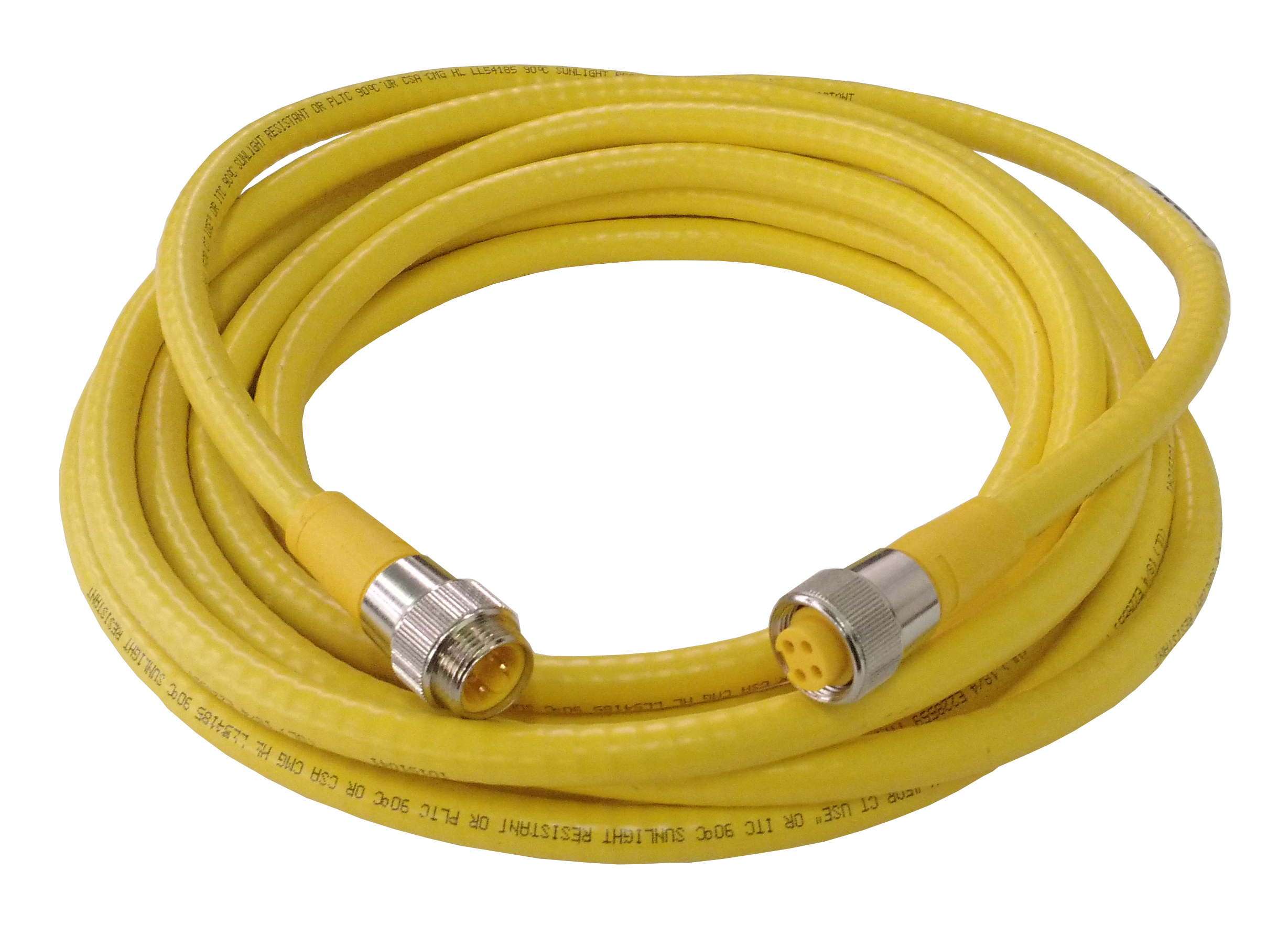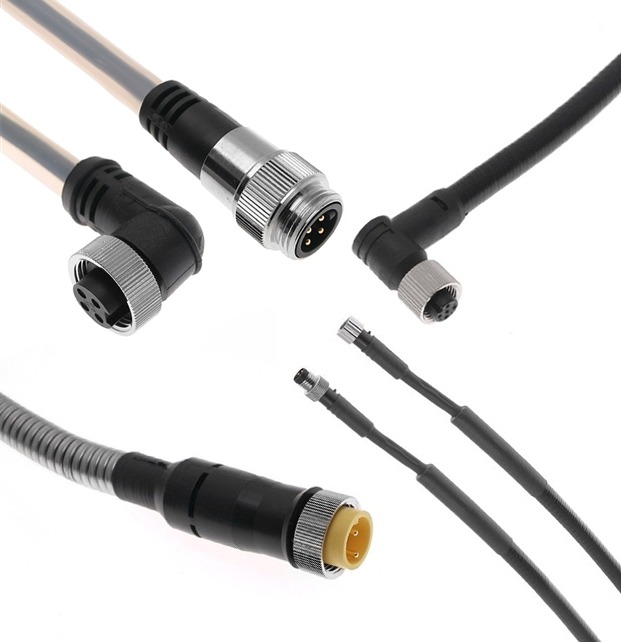


heavy weights being rolled over or pushed into the cable it needs to be able to resist these forces and a standard domestic grey electrical cable would simply not be up to the job and if it became damaged would pose a huge risk and potential for injury. digging in the ground, pinching or crushing e.g. Likewise if there is also a chance that it could get damaged by impact force e.g. used externally then armoured cable should definitely be used. When it comes to exactly what situations armoured cable should be used in, generally if the cable itself is going to be exposed to the weather and needs to be fully sealed and water proof e.g.

#Armored cable connector install#
This may seem like a lot but then if you consider the potential for damage that could occur from any number of install situations and from the elements and the potential injuries that could result if the cable is compromised in any way then the number of layers is about right. To cover the potential range of different installs armoured cable is also available in a range of different size cores that include 1.5mm, 2.5mm, 4mm, 6mm, 10mm, 16mm and more specialist 25mm.Īs to how armoured cable is actually made up there are essentially 5 different levels that includes the conductor or conductors ate the core, the insulation around each conductor, a layer of bedding around the conductors, the armouring layer around the bedding and then finally a protective PVC outer sheath.Ĭross section of armoured cable showing all the different cores 5-core = 1 brown, 1 grey, 1 blue and 1 yellow/green.4-core = 1 brown, 1 black, 1 grey and 1 blue.3-core = 2 different types: 1 brown, 1 blue and 1 yellow/green (earth) or: 1 black, 1 grey and 1 brown.When it comes to the core wire colours these are generally as follows (depending on the number of cores): There are however others but these are generally reserved for more specialist industrial applications. In terms of the conductors (the charge-carrying copper wire), domestic armoured cable comes in a range of different cores including 1 core, 2 core, 3 core and 4 core and 5 core to suit different install situations. It can be used both on the interior or the property and the exterior and it can either be clipped to a solid secure surface such as a wall or it can be buried in the ground and hidden away. The cable itself can be used in a variety of different ways. SWA or steel armoured electrical cable (British standard BS5467)is a type of electrical supply cable that as you may have guessed has it’s own in-built armoured sheath that protects the electrical charge-carrying conductor cable at the core. Note: Installing SWA armoured cable is Part P notifiable work and not something that can be done on a DIY basis and should only be done by a qualified electrician with the necessary experience to fully test the install once complete! What is Armoured Cable and How is it Made up? In this guide we will take a look at SWA cable and how it’s used. To these ends the regulations state that in these situations special cable known as “armoured” or “SWA (steel wire armoured)” cable must be used as it’s both resistant to the elements and it’s protective steel casing ensures resistance to any impact damage. When running any electrical cables externally any cable that’s used has to be both safe for use outside and able to resist the elements and also needs to be able to resist any potential damage, especially if it is buried underground.


 0 kommentar(er)
0 kommentar(er)
